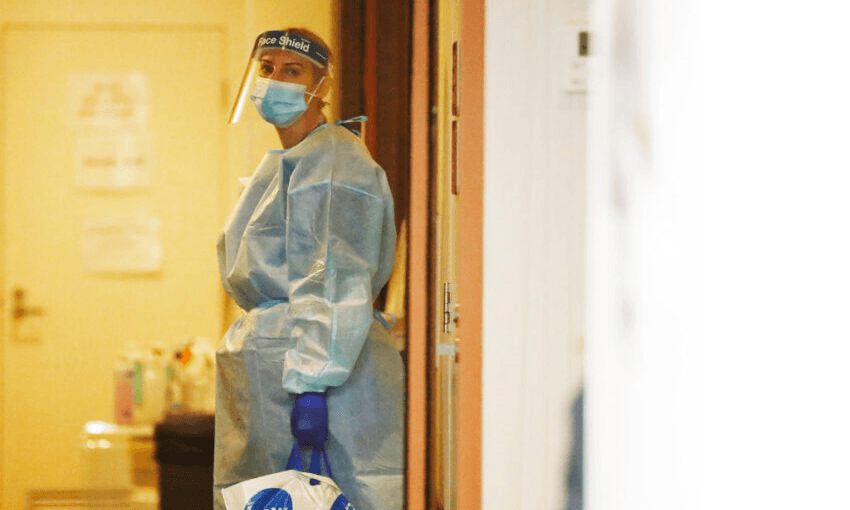Crucially, Australia’s ambition has been suppression, rather than elimination.
Back when Aotearoa was in lockdown, many people loudly complained that we should be following Australia’s lead in dealing with the pandemic. While our strategy was to try to eliminate Covid-19, Australia was taking another path. They would try suppressing the virus instead.
That meant that rather than doing everything possible to stop community transmission altogether, they were going to just try to lower it, presumably to what they had decided was a manageable level. That strategy meant they could be looser with their restrictions and relax them more quickly.
Back in March, the state of Victoria’s daily Covid-19 cases peaked at 106. Then from early April till the middle of June daily cases bubbled along at between one and 20-odd new cases a day. Judging by the state’s Covid-19 dashboard, it looks like they had just one day with no new cases.
Since the end of June though, cases have been steadily rising. As of last night there have been more than 1,000 confirmed cases in just three days and 14 deaths. More than 200 people are in hospital, over 40 of them in intensive care. There are currently approaching 4,000 active cases and more than 1,100 of those are cases with an unknown source.
At 11:59pm on July 8 everyone living in metropolitan Melbourne and the Mitchell Shire went back into lockdown. But with the strategy centred on suppression, rather than elimination, their version of lockdown sounds more similar to New Zealand’s alert level three. People are allowed out to go shopping for food and supplies, to provide care for others, to exercise, and to study and work, if they can’t do that from home. As of a few days ago, it’s also become a requirement that people wear a mask if they are out and about.
What’s happening in Victoria shows just how quickly things can change with Covid-19. The resurgence in cases partly reflects the community transmission that was still happening when the country came out of lockdown the first time as well as new clusters started by the infection of people involved in managing the isolation of Australians returning from overseas.
The situation Australia now finds itself in shows just how important it is for New Zealand to stay committed to the elimination strategy. There are no half-hearted measures here. It also underlines how crucial it is that managed isolation is run well and that those who come in to contact with people arriving from overseas are well trained and are routinely tested to ensure no one has become infected.
Last night’s news of five people absconding from hotel isolation in Hamilton is another wake-up call in this regard. There is some relief that all had tested negative in their day-three tests, but as other examples have shown, those early results are not definitive.
The horrible situation that the people of Victoria find themselves in means another thing for New Zealand: that it will only be safe for us to open up travel “bubbles” with countries also committed to eliminating the virus or those who never let it get in.
